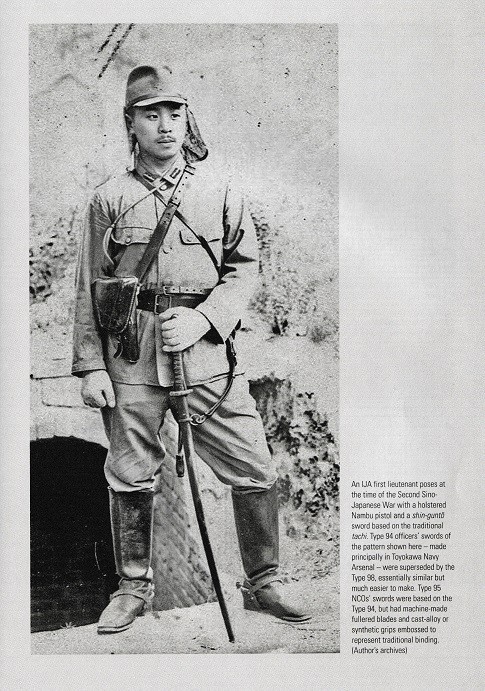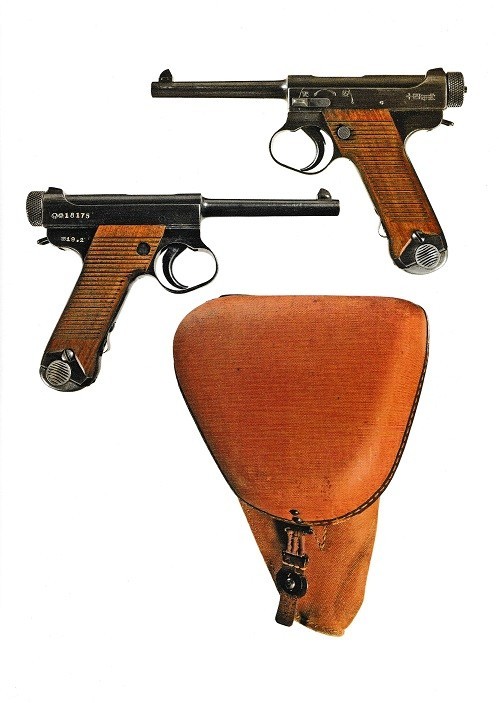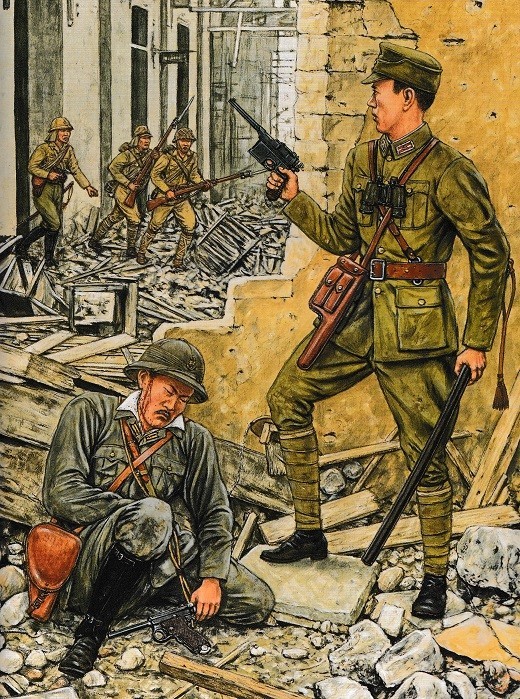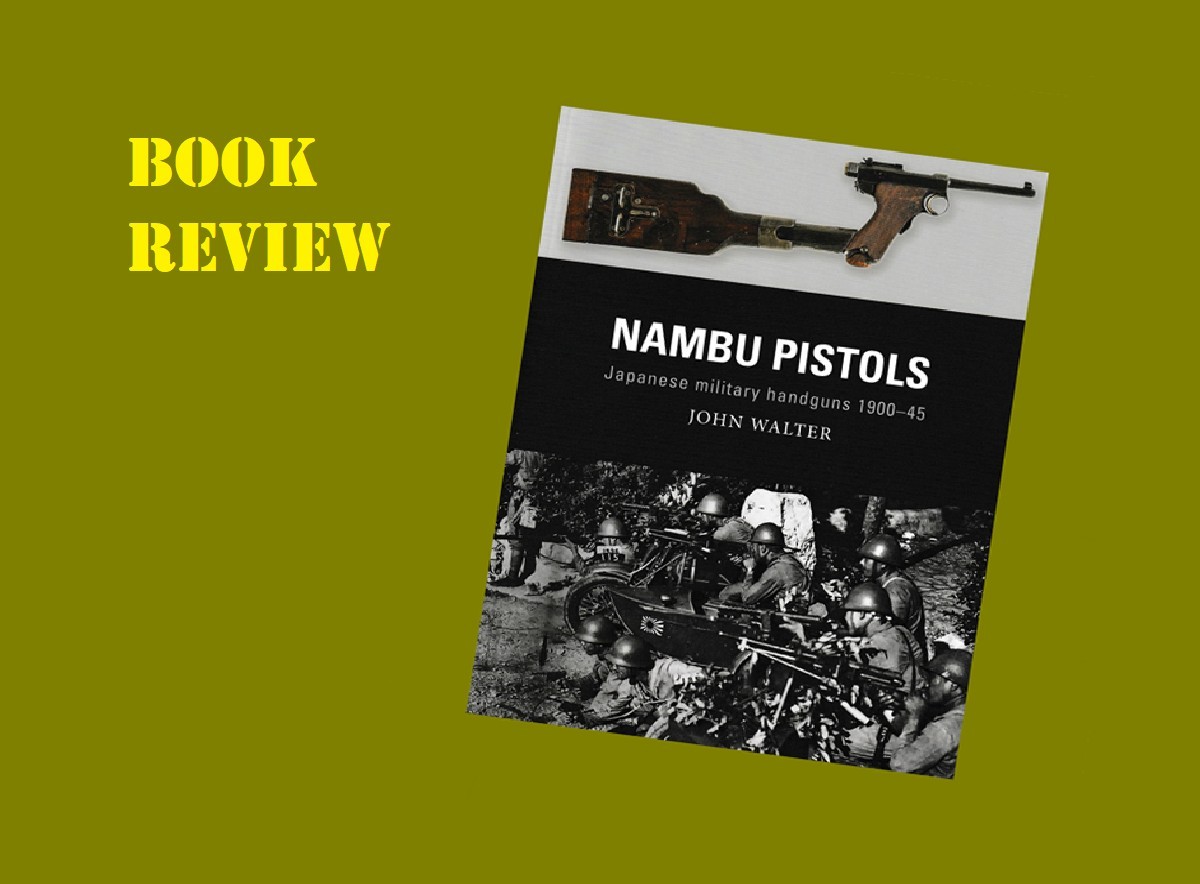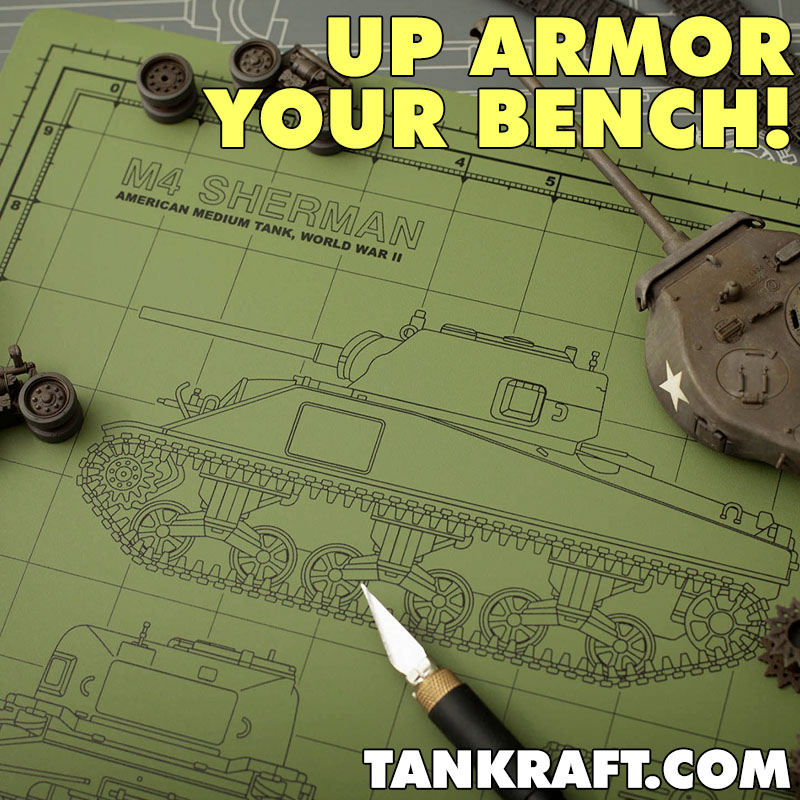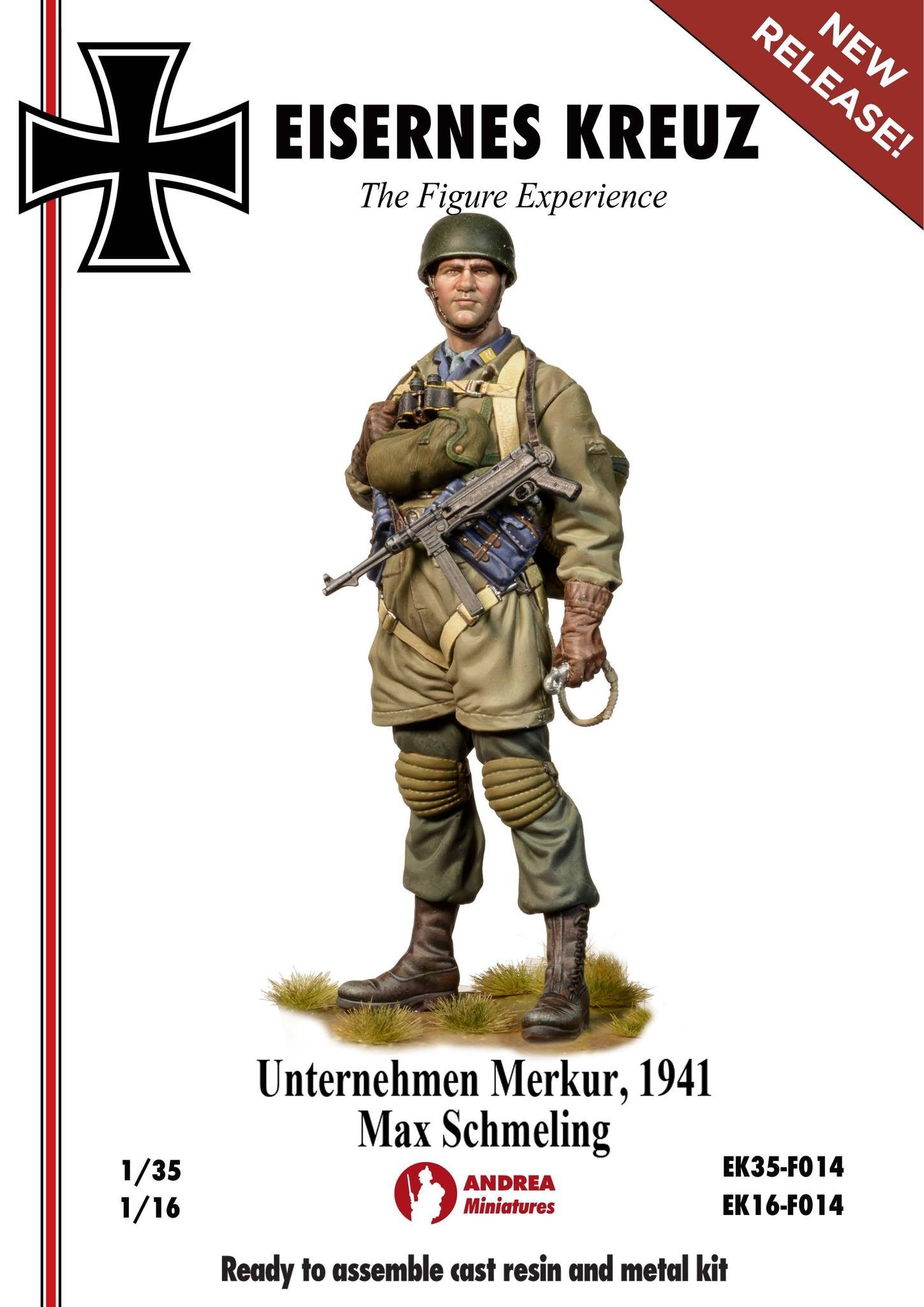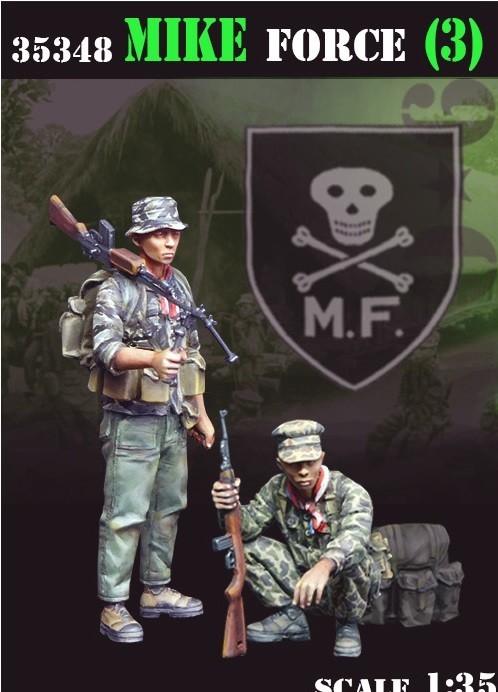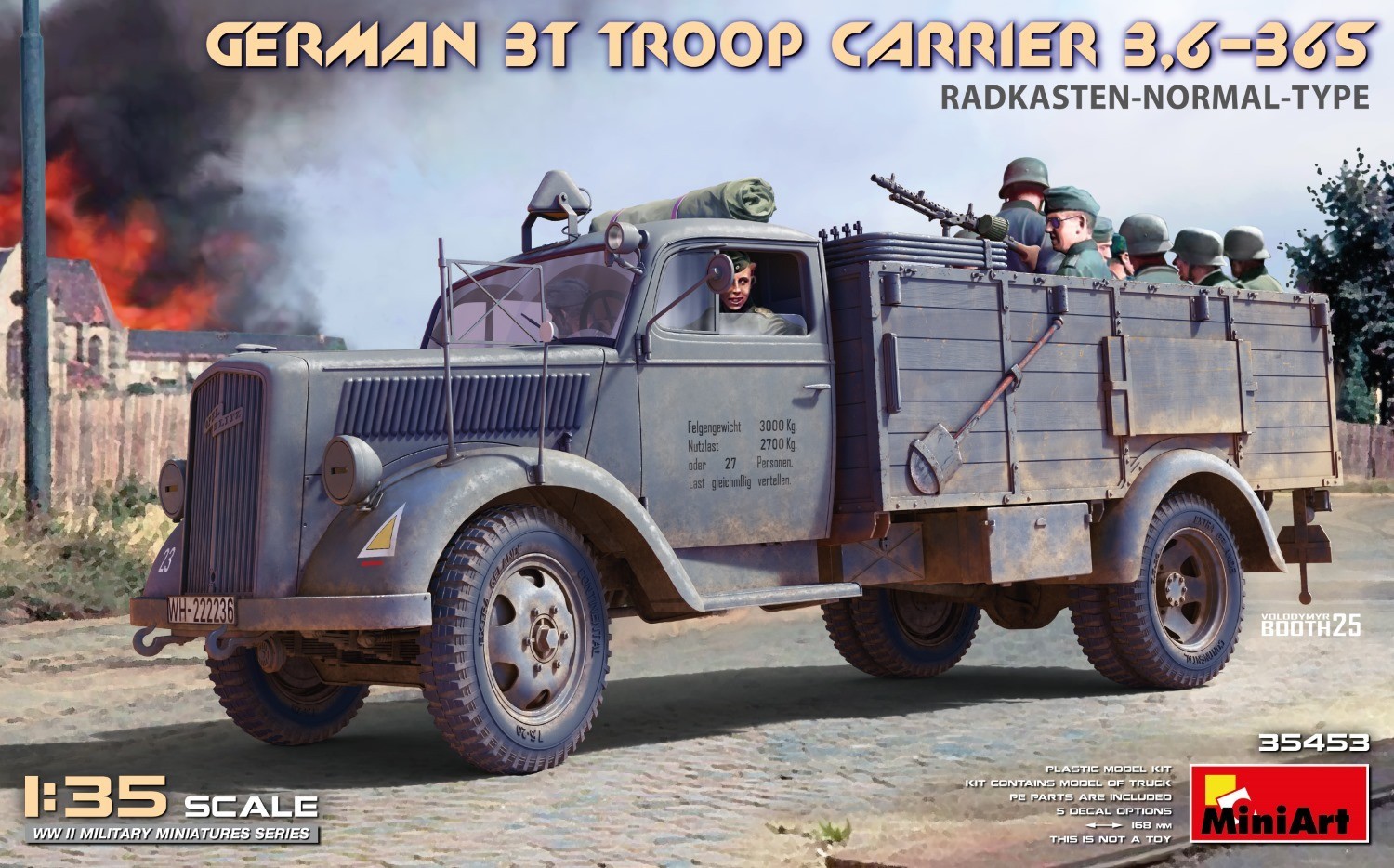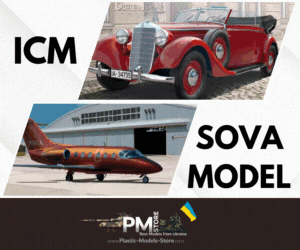HISTORY:
** Before during World War Two, Nambu pistols so why spread combat use in the hands of the Japanese military, from aviators to tank crewmen. Influenced by the German C/96 and other semi-automatic pistols, the first Nambu model was never accepted for universal issue, being confined largely to purchase by Japanese officers. Adopted in 1925, the 14th Year Type was to become the best known of these handguns, however, seeing action in every campaign undertaken by the Japanese during the 1930s and then throughout World War II. It served alongside the bizarrely conceived Type 94, intended as the weapon of airmen, tank crew, and anyone for whom its compact dimensions were useful. When World War II ended, thousands of Nambu pistols arrived in America with US veterans, while others were carried by insurgents and other armed groups across Southeast Asia for decades after 1945.
Featuring full color artwork and carefully chosen photographs, this book charts the origins, development, use, and legacy of the Nambu pistols. Cutaway artwork reveals the inner workings of these important handguns, while specially commissioned battle scenes depict their use in action**
** Quoted from the back cover of the book.
THE BOOK:
Osprey Publications has released Nambu Pistols – Japanese military handguns 1900-45 as Number 86 in the Weapon series. It is an 80-page soft cover book. Included with the text are black and white and color photographs, color illustrations, detailed captions, cutaway views and more. It has a 2023 copyright, a publication date of April 25, 2023, and the ISBN is 978-1-4728-5542-8.
THE CONTENTS:
- Introduction
- Development
- The rise of the Nambu
- Use
- The Nambu pistols go to war
- Impact
- The Nambu in context
- Conclusion
- Bibliography
- Index
THE TEXT:
Author John Walter provides a well written text detailing various Japanese military handguns and other military small arms from their development, production and introduction throughout their trials and testing, faults found, corrections and improvements made and on through to their issuance and use by the Japanese military. Some of the handguns detailed and discussed are the 26th Year Type revolver, Hin-Komuro pistol, “Grandpa” Nambu pistol, “Papa Nambu pistol, “Baby Nambu pistol, “Large Guard” 14th Year Type pistol, Type 94 pistol, Nagoya-Toriimatsu 14th Year Type pistol, 7.65mm Hamada pistol, 7.65mm Sugiura pistol and others. An area I found particularly interesting, due to my personal interest in captured weapons, is the discussions of weapons being captured and surrendered by various militaries and in some cases, their use and issuance thereafter as well as their design influence in other handgun development and production by manufacturers such as Colt and Ruger. Also discussed are weapon prototypes and handgun ammunition and its performance. John Walter provides an excellent description of the technical specifications of the weapons and accessories in an easy-to-read format which the detailed oriented reader will benefit from. I personally feel that John Walter has covered all areas and aspects of the weapons and left no area of the weapons undiscussed and detailed. In addition to his own words John Walter has also provided personal quotes. The text in the book is nicely written and well detailed. As I read through the text, I didn’t notice any spelling or grammatical errors. Grammar and spelling might not be an important factor to everyone however it is something that I take notice of and pass on my findings. I feel that if the text is well written then it shows that the author has taken the time to be professional with their writing. Anyone wanting to add an excellent reference and history book on Japanese military handguns and other military small arms to their personal library will be pleased with this informative and interesting book.
THE PHOTOGRAPHS:
A total of 23 black and white photographs and 47 color photographs are included in this volume. The photographs for the most part are close-up detailed photographs that are clear and easily viewable. The majority of the photographs are of just the weapons and accessories as opposed to photographs that feature the weapons in a broad generalized military photograph that lack focus on the specific weapon and associated equipment, which in my opinion it makes it much easier to study the various weapons and their details. As well as showing the various weapons and their accessories, the photographs also provide excellent details such as the various countries’ military uniforms being worn. The majority of the photographs are clear and easily viewable; however, a few have an out of focus look to them and some appear to be too dark, and others appear too light. This is typical for the discussed period of history and the quality of the photographs is of no fault of the author and do not take anything away from the book. Author John Walter stuck to the title of the book and chose subject specific photographs and did not include photographs that strayed from the main subject of the book. The majority, if not all, of the photographs will prove to be a wealth of information to anyone interested in Japanese military handguns and other military small arms due to the details they contain.
THE ILLUSTRATIONS:
There are 5 color illustrations, both action and cut-a-way, with detailed captions included by illustrators Adam Hook and Alan Gilliland. As a weapons enthusiast I find the cut-a-way illustrations showing the internal workings of the weapons to be very interesting and educational. The illustrations are very well done, nicely detailed and are of:
Plate A
Urban combat in China, 1939 (see attached scan)
– A one-page color action illustration depicting a lone Chinese infantry lieutenant armed with a Mauser C/96 pistol, that has shot and killed a Japanese SNLF lieutenant-commander that was armed with a “Papa” Nambu pistol. The lieutenant is now considering confronting three Japanese soldiers emerging from a building, two of which are armed with 38th Year Type Arisaka rifles fitted with bayonets and the third armed with a pre-1940 “small guard” 14th Year Type pistol during the Second Sino-Japanese War.
Plate B
Tankers in the Pacific, 1944
- A two-page color action illustration depicting a Japanese Type 95 light tank which has broken down with two of its crew members, a lieutenant armed with a Type 94 pistol and a sergeant armed with a Meiji 26th Year Type revolver, having exited the tank. Having joined them are two Japanese infantry soldiers, a captain armed with a 1940 14th Year Type pistol and a private armed with a 38th Year Type Arisaka rifle. In the background there is a US Lockheed P-38 Lighting, known as “the Whispering Death” preparing to attack them.
Cut-A-Way Illustrations
Plate A
The Nambu Revealed
– A one-page color cut-a-away view showing the internal workings of the Japanese 8mm “Papa” variant 1902 pistol. Also provided is a key which details 27 specific items that are pointed out on the weapon.
Plate B
The 14th Year Type Exposed
- A one-page color cut-a-away view showing the internal workings of the Japanese 8mm pre-1940 “small guard” version pistol. Also provided is a key which details 28 specific items that are pointed out on the weapon.
Plate C
The Type 94 Revealed
- A one-page color cut-a-away view showing the internal workings of the Japanese 8mm pre-1941 variant pistol. Also provided is a key which details 25 specific items that are pointed out on the weapon.
THE CAPTIONS:
The captions are well written and explain the accompanying photographs and illustrations in great detail eliminating any doubt as to what is shown. The captions go into very specific detail such as the specific type of weapon shown, calibers, manufactures, associated equipment carried and used, specific items of interest shown, dates and locations, specific individuals names, military units and other such pertinent information. As I read through the captions, I didn’t notice any spelling or grammatical errors. John Walter’s captions will be helpful to the reader due to their detailed content as opposed to other captions that I have seen that are very brief and lacking in detail.
Osprey Publishing also offers Nambu Pistols – Japanese military handguns 1900-45 as:
eBook (Epub and Mobi) ISBN: 978-1-4728-5543-5
and
eBook (PDF) ISBN: 978-1-4728- 5544-2
Osprey Publishing’s, Nambu Pistols – Japanese military handguns 1900-45 is also available as an electronic Kindle version through Amazon.com.
PRICE:
UK £15.99 / US $23.00 / CAN $31.00
This book was provided to me by Osprey Publishing. Please mention that you saw the book reviewed here on the KitMaker Network when you make your purchase. Thank you.


